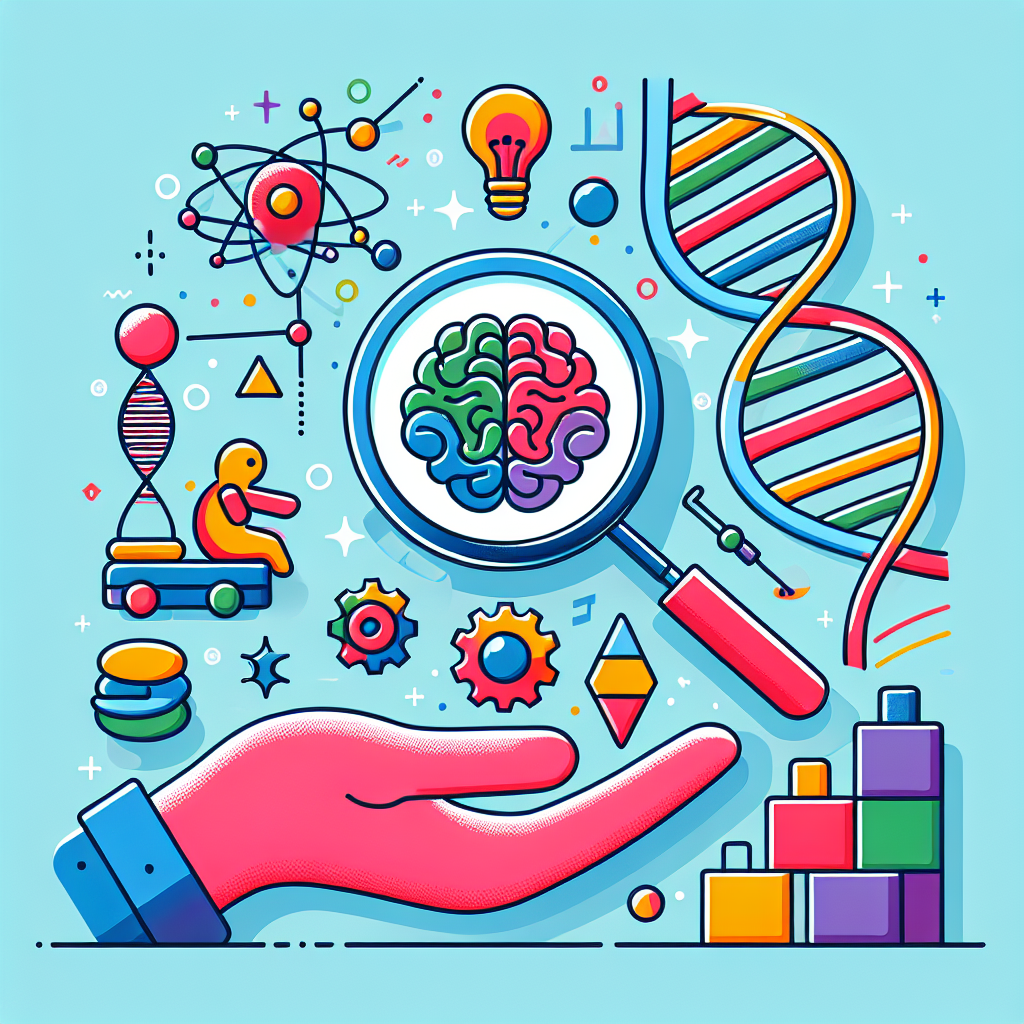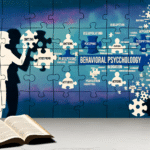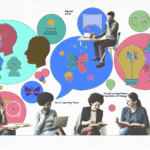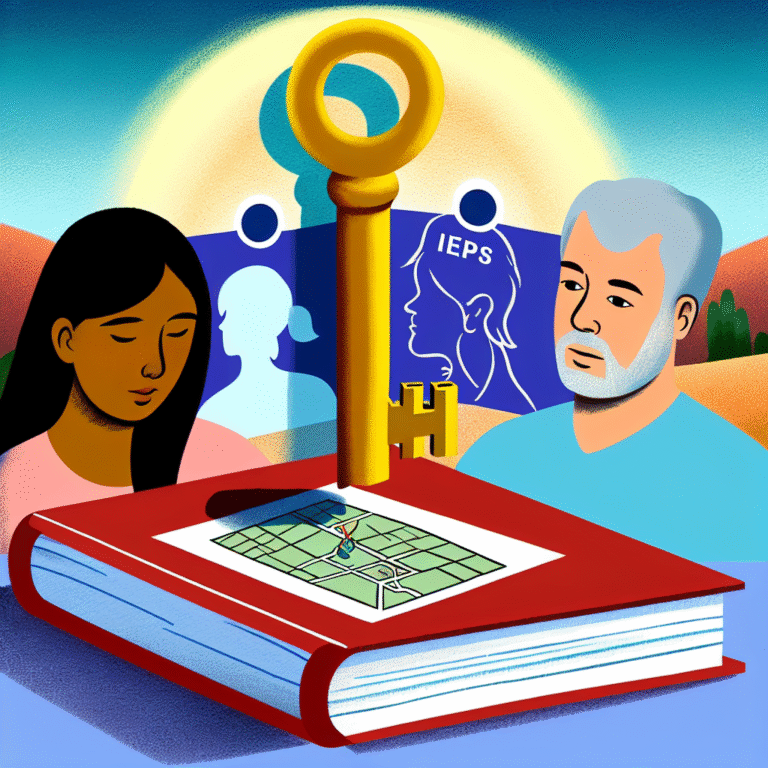
Introduction
In a world where knowledge about child development is more accessible than ever, the significance of early intervention has gained unprecedented attention. The science behind early intervention: what research tells us about early childhood development is not merely an academic discourse; it’s a clarion call to parents, educators, and policymakers alike. Early intervention fosters not just academic success but holistic development, laying a solid foundation for lifelong learning and well-being.
The real question is: how early should intervention begin? What does the science say? This article delves into these pivotal questions, shedding light on the grassroots evidence bolstering early interventions and providing tangible insights that can propel us to create a better future for our children.
Understanding Early Childhood Development
What Is Early Childhood Development?
Early childhood development (ECD) encompasses the physical, cognitive, social, and emotional growth from birth to eight years old. This period is crucial; it’s when a child’s brain undergoes rapid growth, wiring themselves for future accomplishments or struggles. Research consistently shows that experiences—both positive and negative—during these formative years can radically shape a child’s development trajectory.
The Critical Window for Development
Neuroscience has uncovered that a child’s brain grows at a staggering rate, with about 90% of its development occurring by age five. The science behind early intervention: what research tells us about early childhood development underscores the importance of engaging children in enriching experiences during this window. A child exposed to a affirming, stimulating environment is more likely to thrive academically and socially than one who is not.
The Importance of Early Intervention
Addressing Developmental Delays
Research indicates that early intervention can significantly mitigate developmental delays. According to a U.S. Department of Education report, 30-40% of children who receive early intervention support show marked improvements in language, behavior, and social skills.
Case Study: The Step by Step Program
One remarkable example of successful early intervention is the "Step by Step" program in Romania, which caters to children from birth to three years old. With a focus on inclusive education strategies, this program has demonstrated success in integrating children with disabilities into mainstream schools. A study found that 70% of children who participated showed notable social engagement improvement. This aligns perfectly with the science behind early intervention: what research tells us about early childhood development.
Evidence-Based Approaches to Early Intervention
Home Visiting Programs
Home visiting is one of the most effective early intervention strategies. Programs like "Healthy Families America" focus on providing resources and parenting education to families during the critical early years. Research has shown that parents involved in home visiting programs report greater confidence in their parenting skills and create more nurturing home environments.
Table 1: Effectiveness of Home Visiting Programs
| Program Name | Target Age | Key Benefits | Research Findings |
|---|---|---|---|
| Healthy Families America | Birth to 5 | Enhanced parenting skills, higher school readiness | 20% increase in high school graduation |
| Nurse-Family Partnership | Birth to 2 | Healthier pregnancies, preventive healthcare | 48% reduction in child abuse cases |
| Parents as Teachers | Birth to 5 | Improved cognitive skills, reduced behavioral issues | 62% improvement in school readiness scores |
Cultural Considerations in Early Intervention
The Role of Culture in Development
Cultural background plays a significant role in child development and can influence the effectiveness of various early intervention strategies. It’s essential that programs are flexible and culturally sensitive to ensure they resonate with families from diverse backgrounds.
Case Study: The First Steps Program in Australia
The "First Steps" program in Australia exemplifies a culture-sensitive approach whereby interventions can be tailored to local contexts, especially in Indigenous communities. A longitudinal study of the program showed impressive results in literacy and numeracy among participants, reflecting how cultural integration can enhance ECD.
Parental Involvement: A Cornerstone
The Impact of Parental Engagement
The science behind early intervention: what research tells us about early childhood development unequivocally emphasizes the role of parents in fostering healthy development. Engaged parents can improve their children’s cognitive and emotional skills.
Brief Analysis
Involving parents in educational settings creates a conducive learning atmosphere for children. Programs that encourage parental participation see a marked increase in children’s academic performance, revealing the powerful synergy between home and educational environments.
The Interconnectedness of Health and Development
The Whole-Child Approach
Physical health and emotional well-being are intimately linked to a child’s ability to learn and grow. Initiating health screenings and support early on can prevent issues from escalating.
Case Study: The ABCD Program
The ABCD (A Better Chance for Development) program in the U.S. combines health, nutrition, and educational support for at-risk children. A study found participants were 25% more likely to enter kindergarten with the necessary skills, highlighting the integrated approach’s impact on development.
Implementing Effective Early Intervention Strategies
Policy Recommendations
- Funding: Increased government investment in early intervention programs is essential for sustainability and reach.
- Training Educators: Professional development opportunities for educators can ensure they are equipped with the best tools to implement early interventions effectively.
- Community Engagement: Comprehensive outreach to communities can raise awareness about the importance of early intervention, stimulating higher participation rates.
Conclusion
The insights garnered from the science behind early intervention: what research tells us about early childhood development highlight its paramount importance in shaping the future of our children. By investing in early intervention, we do not just change lives; we keep the future bright and hopeful.
Understanding the long-standing research evidence can empower parents, educators, and policymakers to make informed decisions. Let us not wait until issues arise; instead, let us come together and act proactively to ensure our children flourish.
FAQs
1. What is early intervention?
Early intervention refers to a set of strategies and services designed to address developmental delays in children, typically up to eight years old, to promote their growth in various domains.
2. How can I tell if my child needs early intervention?
Look for signs such as delayed speech, trouble with social interactions, or if your child seems to struggle significantly compared to peers in physical or cognitive skills.
3. What types of programs are available for early intervention?
Programs can vary widely but typically include home visiting services, preschools with special needs focus, and community-based educational initiatives.
4. Is early intervention effective?
Yes, numerous studies demonstrate that early interventions can significantly improve cognitive, social, and emotional outcomes for children.
5. How can I get involved in promoting early intervention?
Engaging in community advocacy, participating in local programs, and supporting policy changes can make a difference. Sharing information about the importance of early intervention within your network is also crucial.
This exploration of the science behind early intervention: what research tells us about early childhood development aims to illuminate the path forward—where every child gets the opportunity to thrive from the outset. As we lean into this critical discourse, may we be inspired to act on the insights uncovered, nurturing a brighter future for generations to come.














